The highest oxygen-producing plants. I suffer from breathing problems, and while I take medication, my medical healthcare professional also recommended getting some oxygen-producing plants for my house.
I could have invested in air purifiers and oxygenators, but I like to go the natural route wherever possible.
So I had to dive deep and find the best plants that increase oxygen to improve the air quality and remove toxins in my home.
While these are great benefits, oxygen-producing plants are also a great aesthetic addition to my indoor spaces.
Table of Contents
Which Plants Produce The Most Oxygen?
Boston ferns, snake plants, peace lilies, areca palms, jade plants, Gerber daisies, Chinese evergreens, pothos, aloe vera, and weeping figs produce the most oxygen for my home.
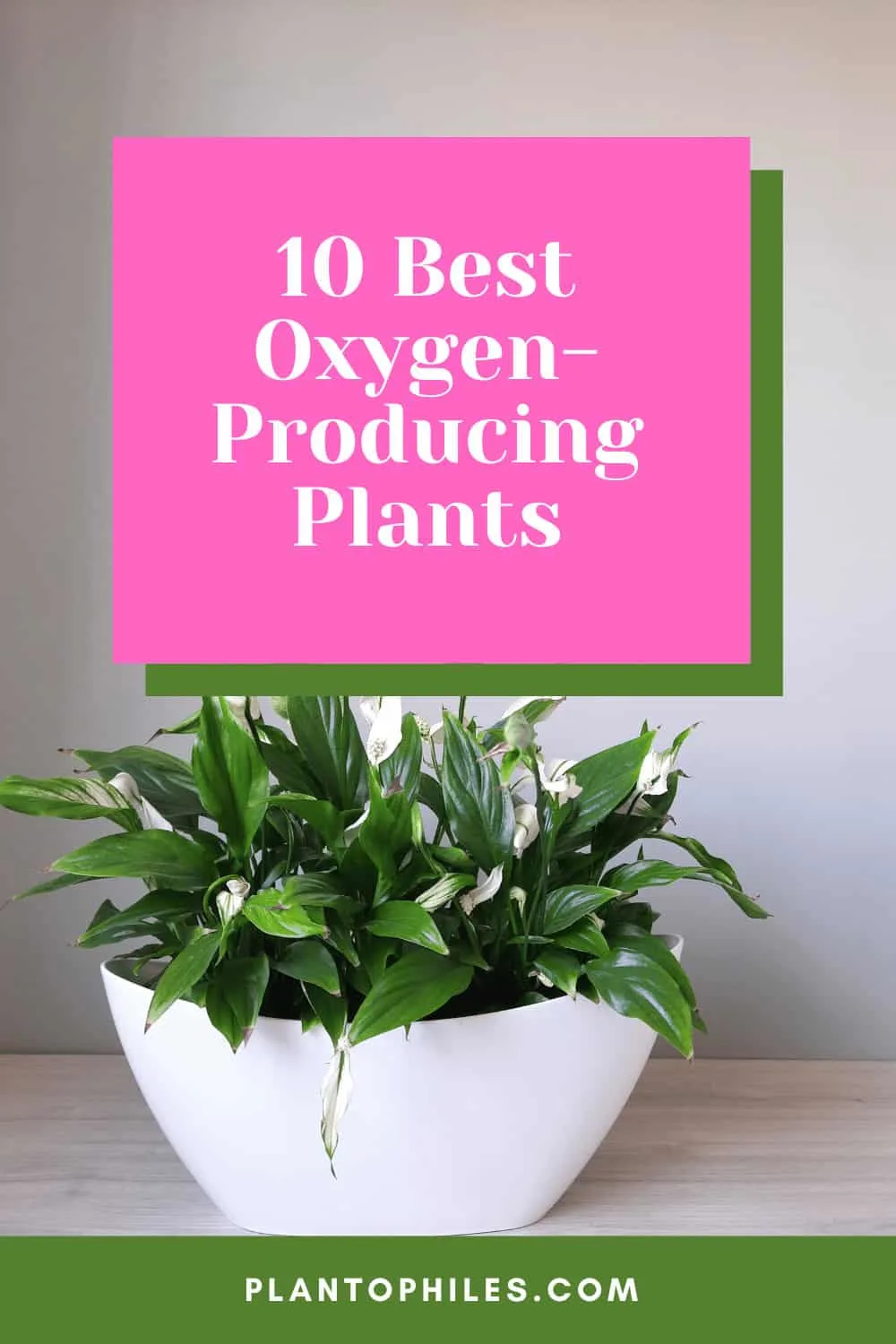
The 10 Best Oxygen-Producing Plants
There is a symbiotic relationship between people and plants, with oxygen-producing plants offering numerous benefits, from removing toxins and improving air quality by adding oxygen to so many more.
But which plants produce the most oxygen? I’ve found that
Here’s a list of the plants that produce the most oxygen:
1. Boston Fern
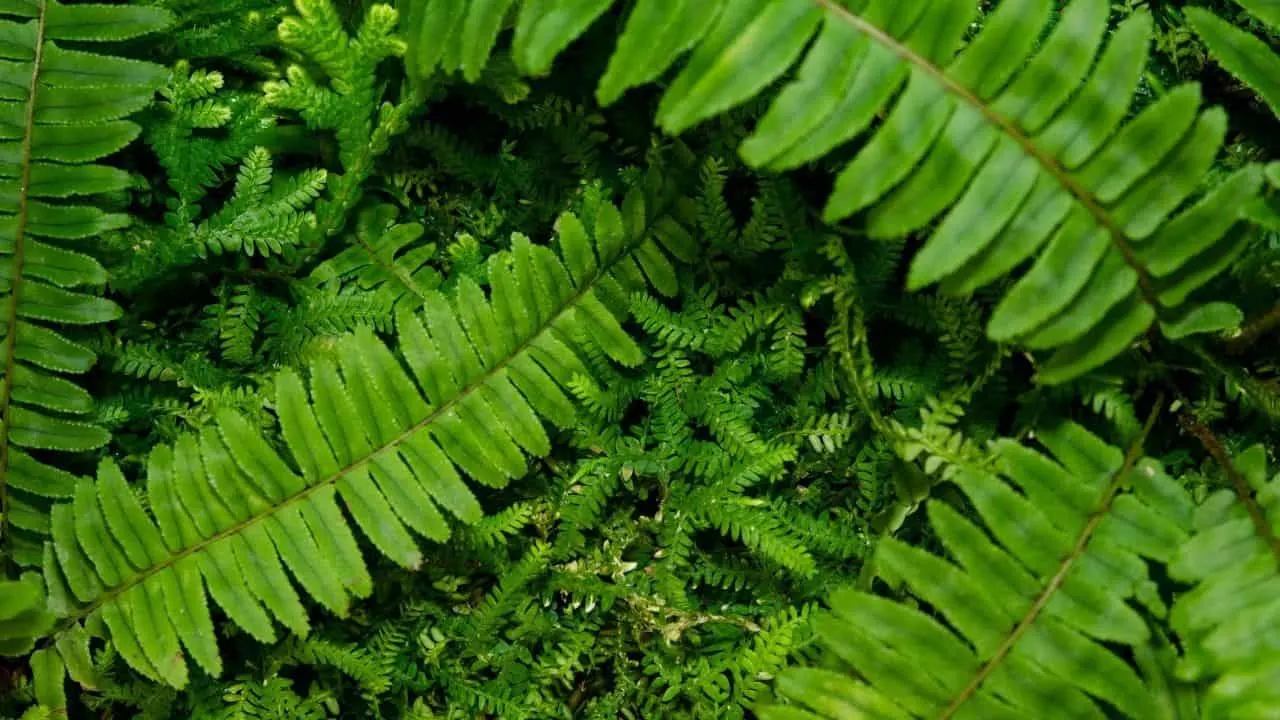
The Boston fern (Nephrolepis exaltata) adds a bright splash of green to my living room.
While this fern enriches the air with oxygen, it also removes formaldehyde, thus purifying the air and making my breathing issues less troublesome.
Growing a Boston fern is easy. These plants need a lot of water and soil rich in peat moss.
2. Snake Plant
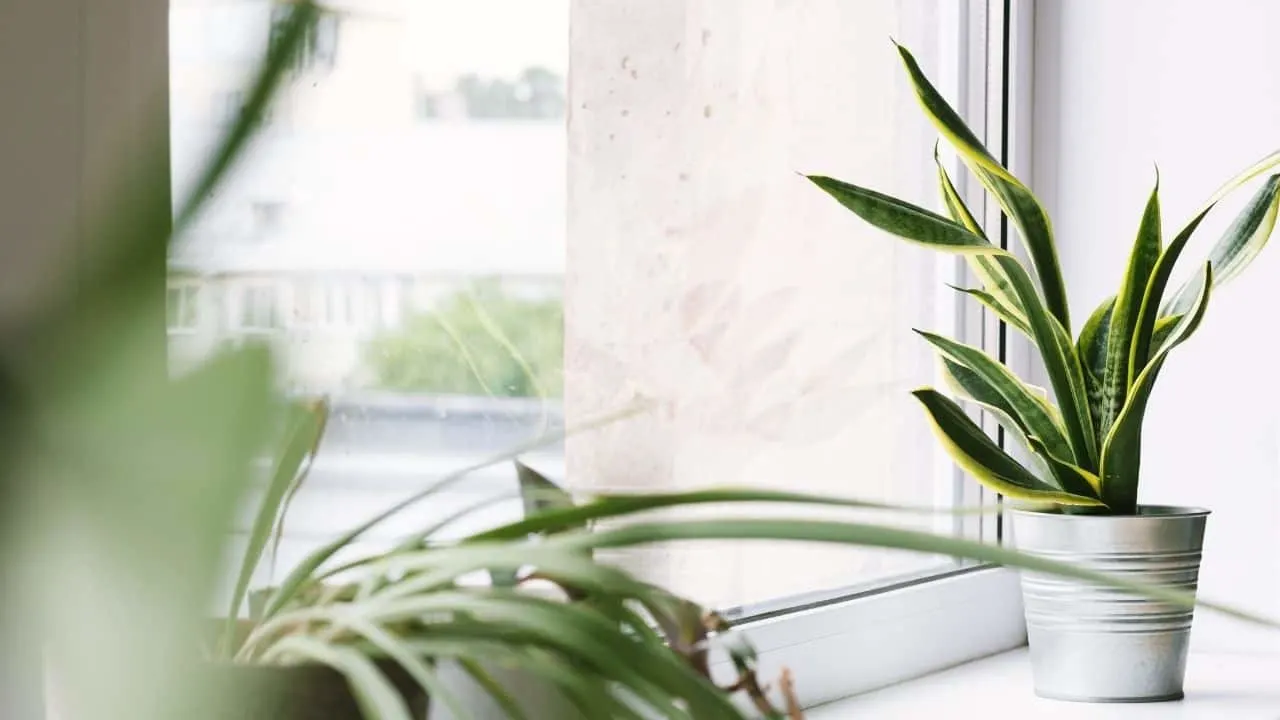
As part of the asparagus family, the snake plant also goes by the names of viper’s bowstring hemp, mother-in-law’s tongue, and viper’s bowstring hemp.
And yeah, it kinda does remind me of my mom-in-law. (I hope she doesn’t read this article!)
The snake plant effectively removes toxins such as benzene, toluene, formaldehyde, xylene, and trichloroethylene from the air. It also adds oxygen.
This plant produces most of its oxygen at night, so I have a snake plant and a peace lily in my bedroom.
Aside from easy maintenance, you need to ensure their soil should be dry and water them now and again.
3. Peace Lily
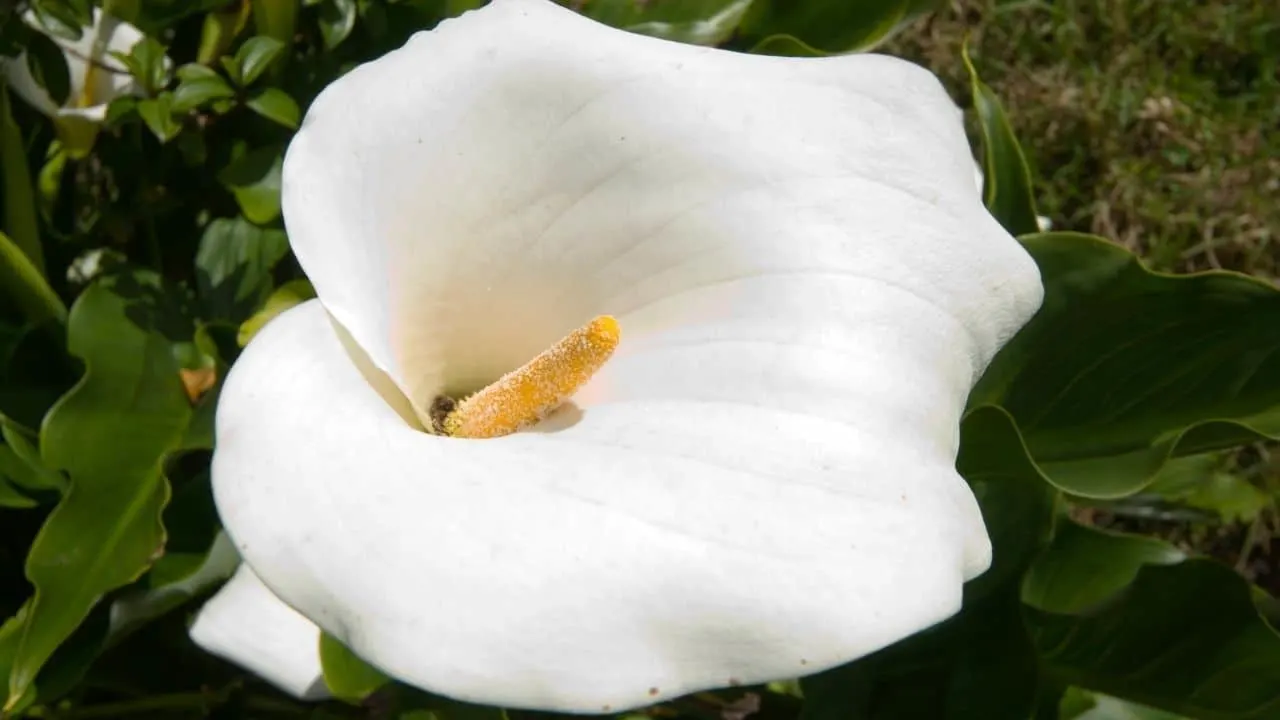
The peace lily (spathiphyllum spp.) is unique with its striking upright white flower that immediately catches your eye. I potted mine in my bedroom.
This lily provides air that is clean and oxygen-rich. The plant removes air pollutants such as trichloroethylene and benzene, commonly found in offices and homes.
Your peace lily will thrive with well-draining soil, water, and indirect sunlight. But a note of caution: the peace lily is poisonous, so I keep my pet rabbits and two-year-old toddler far away.
4. Areca Palm
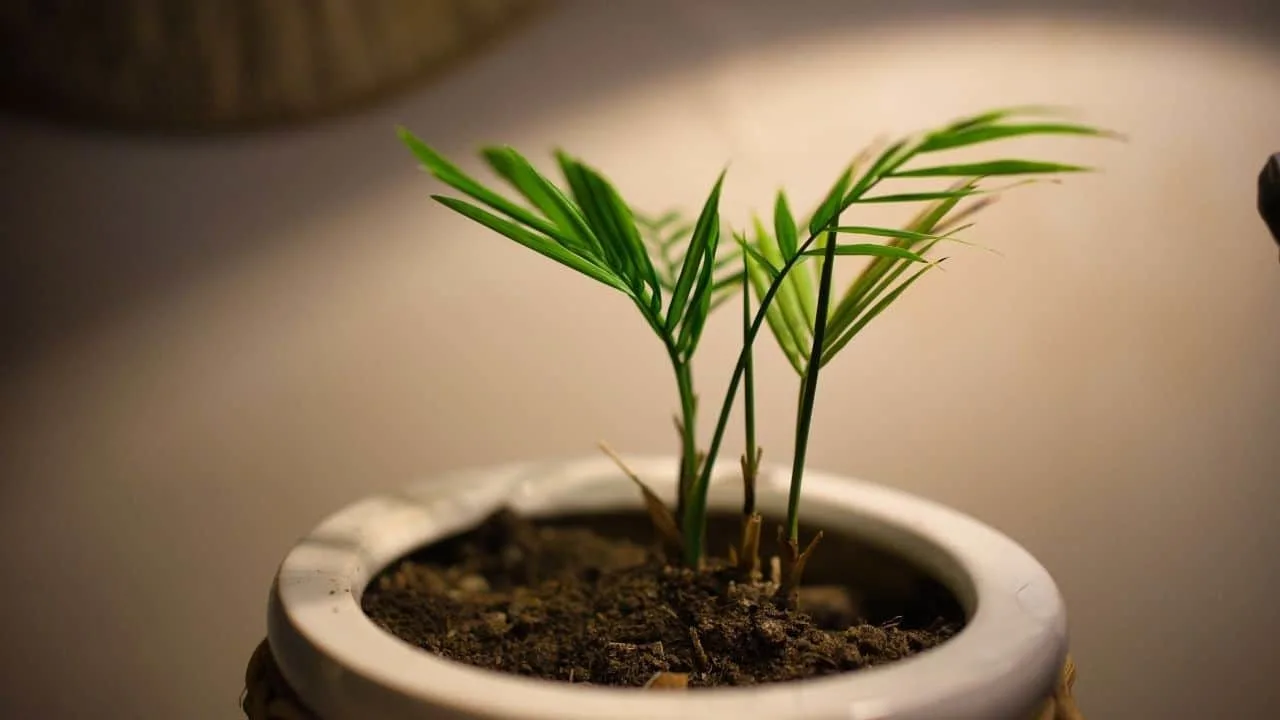
The areca palm (Dypsis lutescens) livens my study with green leaves. This plant also produces oxygen, possibly even better than having something green and pretty to look at while I type away every day.
It removes common pollutants such as toluene, formaldehyde, and xylene.
This palm grows relatively quickly. Optimal growing conditions are indirect sunlight and lots of water and fertilizer.
5. Jade Plant
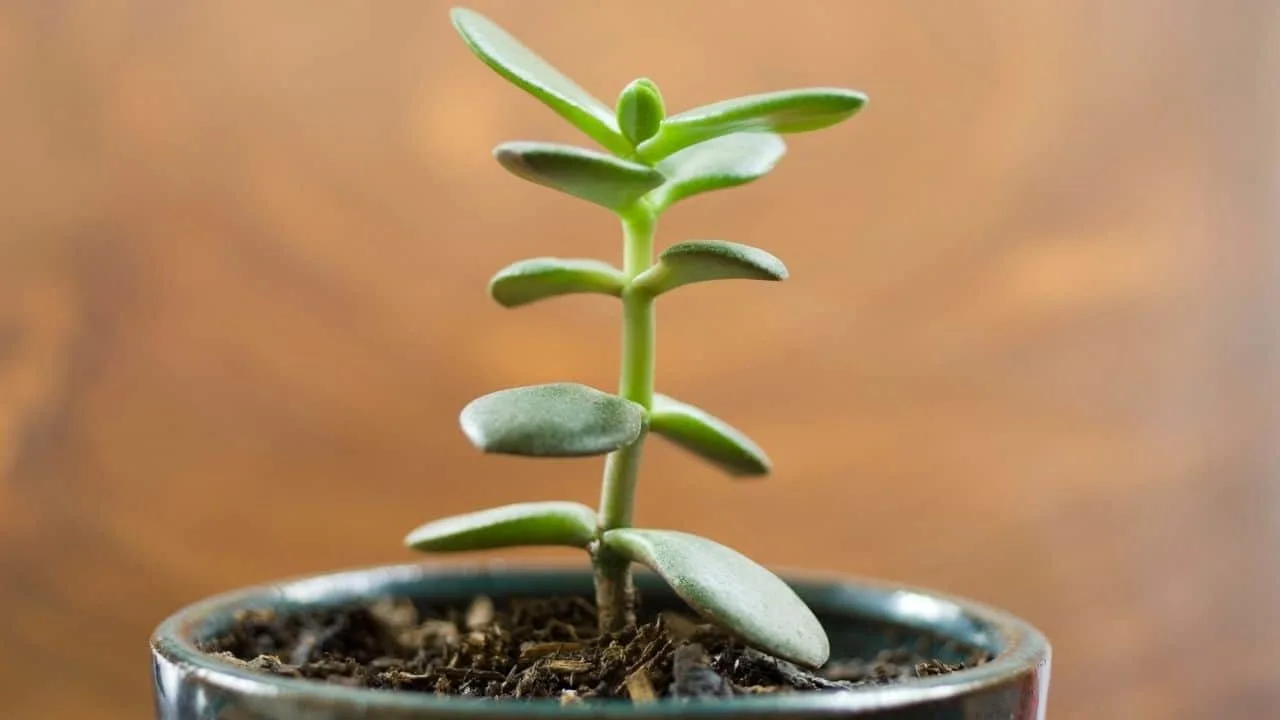
Also known as the money plant, the jade plant removes pollutants and chemicals from the air, like xylene, formaldehyde, benzene, and toluene. It also has a high air purification rate.
It is toxic to pets and people if ingested. I ensure my money plant gets plenty of indirect light and water it weekly.
6. Gerber Daisy
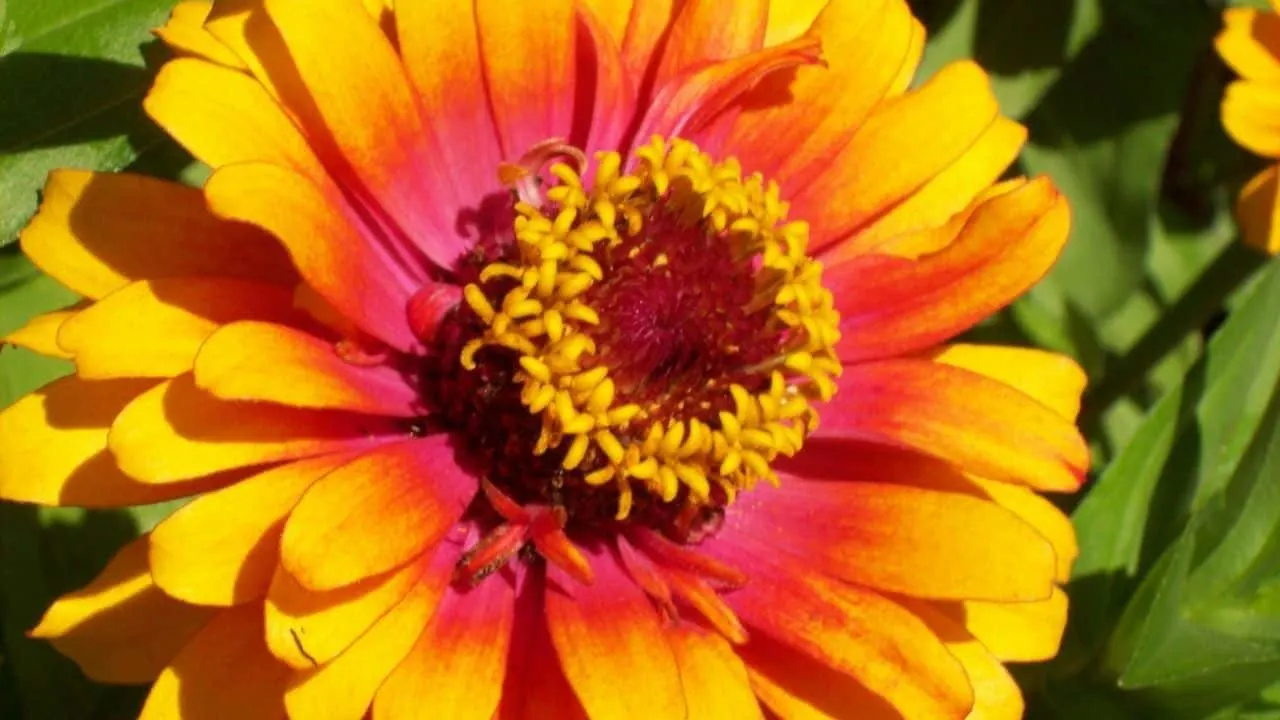
Pretty as a picture, the Gerber Daisy (Gerbera jamesonii) comes in various colored flowers. Besides purifying the air, they produce oxygen (mostly at night) and remove toxins like trichloroethylene, benzene, and formaldehyde.
If you suffer from sleep apnea, place this plant on your nightstand. It will help you sleep better.
I place my Gerber daisies on a south-facing window sill where they soak up a lot of sunlight and ensure they are potted in light soil. I water the daisies frequently, making sure the soil is never dry.
7. Chinese Evergreens
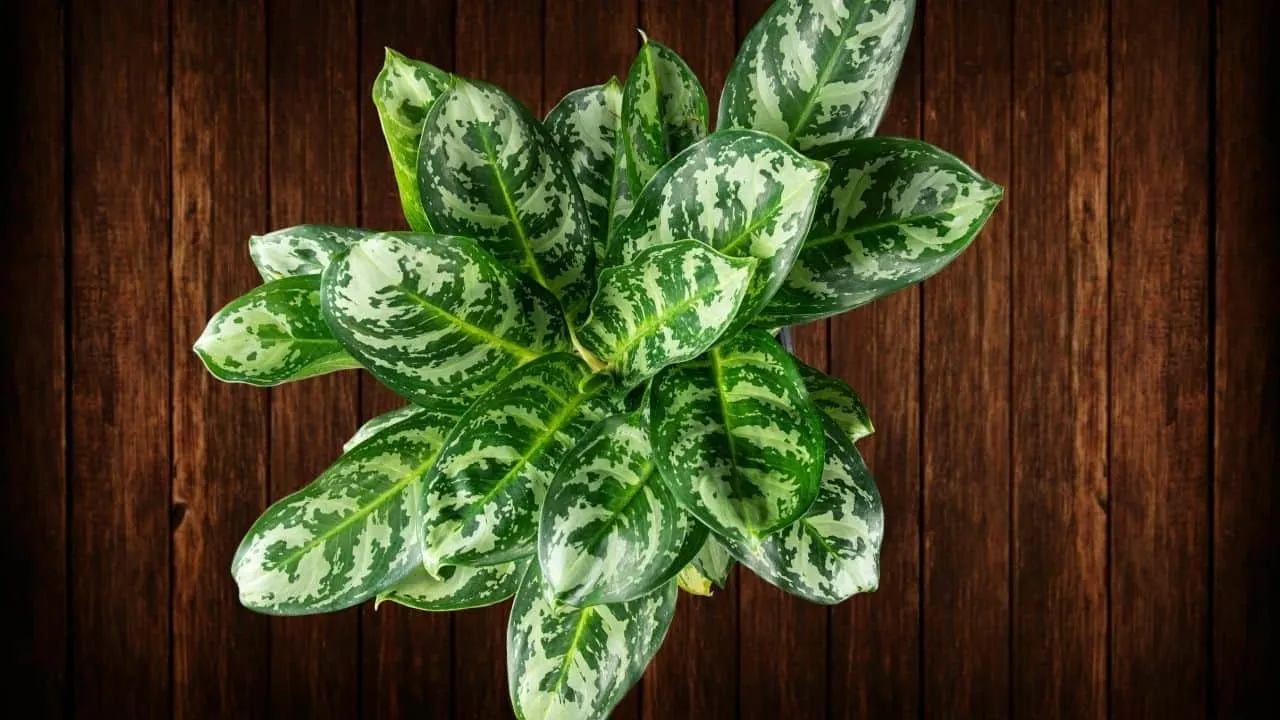
A common household plant, Chinese evergreens produce a lot of oxygen while purifying the air. It removes harmful chemicals like formaldehyde, benzene, and other toxins.
I have a few Chinese evergreens in my living room where these plants get full shade. I occasionally water while ensuring the soil stays moist.
8. Pothos

Pothos (Epipremnum aureum) is a great option if you need a plant that produces a lot of oxygen. Pothos has a fast conversion rate, reducing carbon dioxide by 6.5% and increasing oxygen.
Pothos is an easy plant. For mine, I ensure it gets bright, indirect light. I use the soak-and-dry watering method and plant it in well-draining soil fertilized every 1-3 months.
9. Aloe Vera
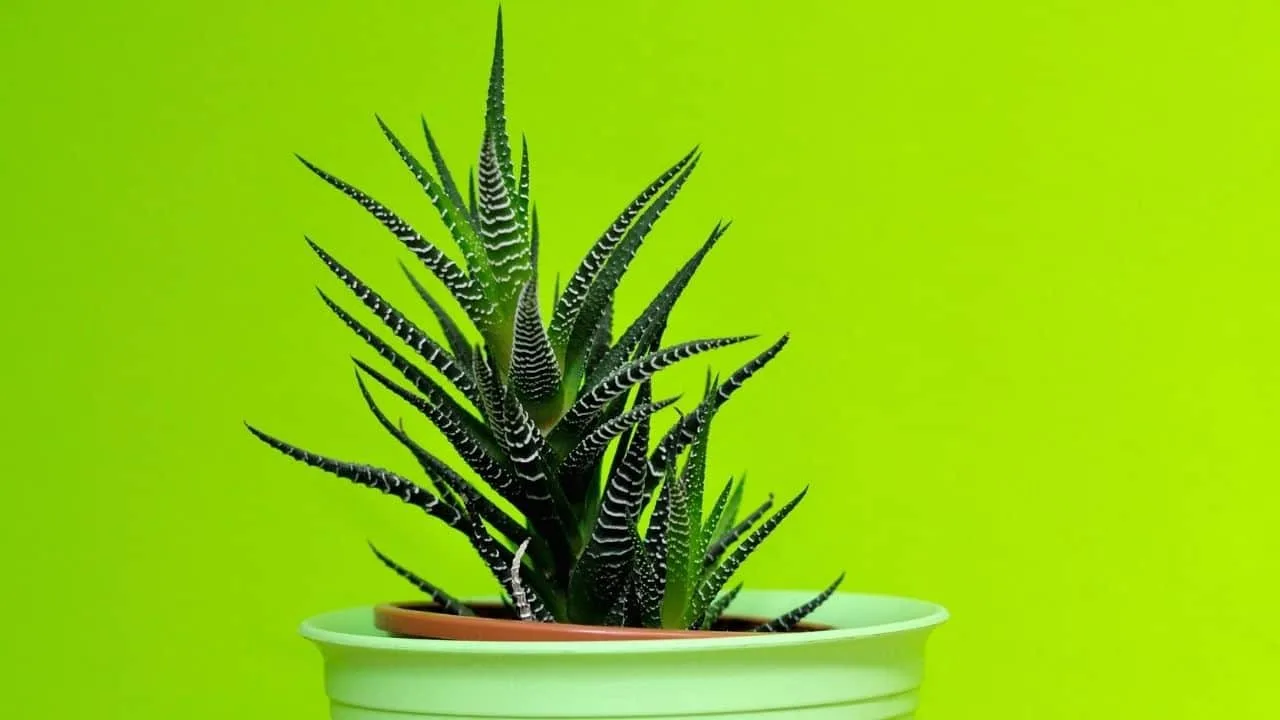
Aside from its medicinal properties, aloe vera (Aloe barbadensis miller) removes harmful particles from the air, such as benzene and aldehydes, and produces oxygen. It is called a wonder plant for a reason.
I have aloe vera in my bedroom, which produces oxygen at night.
My aloe is one of my favorite plants. I’ve found aloe vera thrives in a sunny environment and when planted in dry soil, that’s minimally watered.
10. Weeping Fig
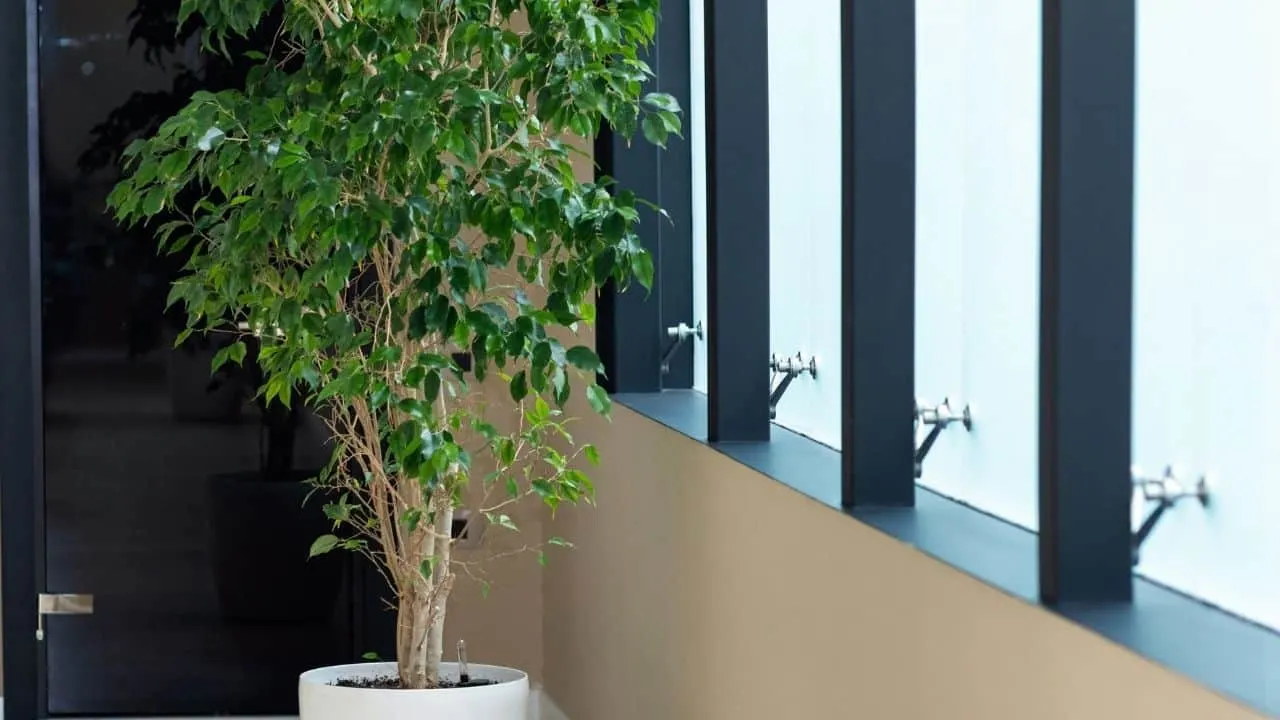
The weeping fig (Ficus Benjamina) also produces oxygen while removing toxins from the air. This plant also produces oxygen at night, so I have a few in my kid’s room.
My weeping fig gets minimal filtered sunlight, and I water it regularly.
Nasa Clean Air Study
In 1989, Nasa did a Clean Air Study to study whether and how houseplants are suited to clean the air from indoor pollution. The study found that pollutants such as viruses, bacteria, and chemicals can be taken in by plant leaves and roots and converted into plant tissue.
Plants that drink more water usually clean the air more. The study found that several plants purify the air, and the number of plants needed for a significant impact indoors is substantial.
The plant root zone is one of the most important for cleaning the air. In addition, low-light houseplants work well to clean the air.
Here is a list of plants the NASA study mentioned that are purifying the air:
- Bamboo palm – Chamaedorea seifritzii
- Chinese evergreen – Aglaonema modestum
- English ivy – Hedera helix
- Ficus – Ficus benjamina
- Gerbera daisy – Gerbera jamesonii
- Janet Craig – Dracaena deremensis “‘Janet Craig”
- Marginata – Dracaena marginata
- Mass cane / Corn Cane – Dracaena massangeana
- Mother-in-law’s tongue – Sansevieria laurentii
- Peace lily – Spathiphyllum “‘Mauna Loa'”
- Pot mum – Chrysanthemum morifolium
- Warneckei – Dracaena deremensis “‘Warneckei'”
Frequently Asked Questions about Plants That Produce the Most Oxygen
Which indoor plants produce the most oxygen at night?
There are quite several indoor plants producing oxygen at night. The 20 most popular ones are Aloe vera, Gerber daisies, Philodendrons, Valerian plant, Lavender plant, Tulsi, Christmas cactus, Chrysanthemum, Pothos, Chamomile, Snake plant, Orchids, Peace lily, Spider plant, English ivy, Neem, Areca palm, Peace lily, Weeping fig, and Bamboo plant.
Which plant gives oxygen 24 hours?
The Peepul tree, also known as the sacred fig tree or bodhi tree, produces oxygen 24 hours a day. Most other plants only produce oxygen during the day or at night.
In purifying the air, how many plants do I need?
There’s no straightforward answer regarding how many plants you’ll need to purify the air. However, some gardeners recommend that you need at least two big leafy oxygen-producing plants for every 100 square feet (or 9.3 meters) of space in your house.
The Final Breath
Adding oxygen-producing plants to your home only offers benefits if you suffer from breathing and lung diseases.
These plants purify the air by removing harmful chemicals and pollutants, and they add oxygen which helps everyone in your home breathe easier.
While these plants can’t cure illnesses, they help you manage your symptoms.
Why don’t you get a peace lily, aloe vera, snake plant for your bedroom, and a pothos and Gerber daisy for your home office?

Daniel has been a plant enthusiast for over 20 years. He owns hundreds of houseplants and prepares for the chili growing seasons yearly with great anticipation. His favorite plants are plant species in the Araceae family, such as Monstera, Philodendron, and Anthurium. He also loves gardening and is growing hot peppers, tomatoes, and many more vegetables.


